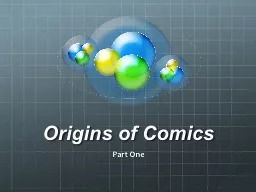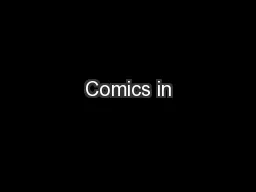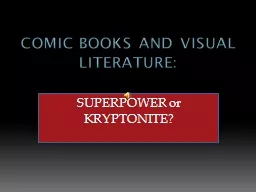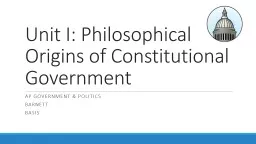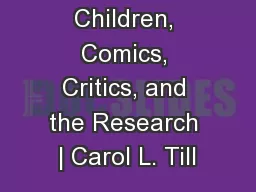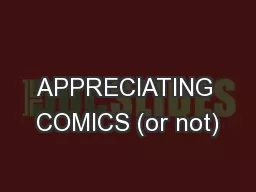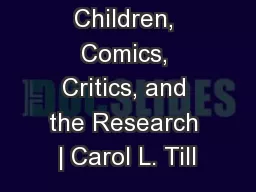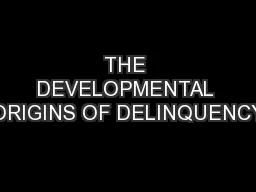PPT-Origins of Comics
Author : karlyn-bohler | Published Date : 2015-11-10
Part One Comics are a way of creating a universe and populating it with characters using a secret code that works in the simplest and most direct way possible
Presentation Embed Code
Download Presentation
Download Presentation The PPT/PDF document "Origins of Comics" is the property of its rightful owner. Permission is granted to download and print the materials on this website for personal, non-commercial use only, and to display it on your personal computer provided you do not modify the materials and that you retain all copyright notices contained in the materials. By downloading content from our website, you accept the terms of this agreement.
Origins of Comics: Transcript
Download Rules Of Document
"Origins of Comics"The content belongs to its owner. You may download and print it for personal use, without modification, and keep all copyright notices. By downloading, you agree to these terms.
Related Documents

